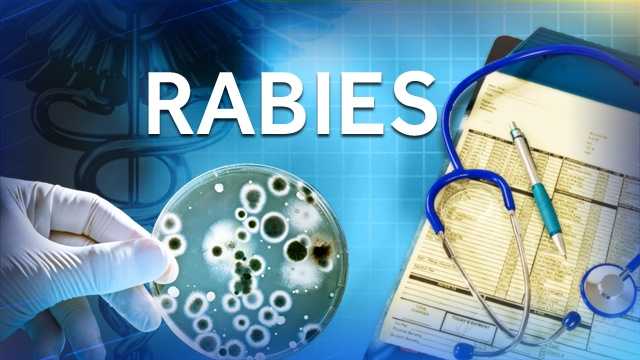Rabid Raccoon in Anne Arundel County: A Rabies Alert
Rabies Warning and Health Implications
Rabies is a viral disease that affects the central nervous system, particularly causing inflammation in the brain. It is typically transmitted through the bite of a rabid animal. As a prompt public health response, Anne Arundel County officials are urging residents in the Shadyside area to take necessary precautions, avoid direct contact with wildlife, and report any unusual animal behavior.
What to Do If You Encounter a Rabid Animal
If you come across an animal that appears wild or exhibits erratic behavior, here are some steps you should take:
- Do not approach the animal or attempt to capture it.
- Contact local animal control or the Anne Arundel County Department of Health immediately.
- Ensure that your pets are up-to-date on their rabies vaccinations.
- Seal possible entry points to your home to prevent wildlife intrusion.
“Rabies is a preventable viral disease. The key is immediate action and proper vaccination protocols,” says Dr. Amesh Adalja from Johns Hopkins Center for Health Security.
Understanding Rabies: Key Facts
Rabies is a concern not just for public health but also for your pets. Pet owners should remain vigilant and adhere to vaccination schedules. Here are some key facts about rabies:
- Rabies is almost always fatal once symptoms appear.
- It can be prevented with prompt medical treatment after exposure.
- The virus is transmitted through saliva, with bites being the most common form of transmission.
- Globally, dogs are the most common transmitters of the virus, although raccoons, bats, and foxes are the primary sources in the U.S.

Rabies Prevention: Community Efforts
In addition to individual precautions, community efforts are crucial in ensuring the safety of residents. Public health campaigns and local organizations are working together to spread awareness and provide educational resources. To learn more about preventive measures, visit CDC's Rabies Information page.
Further Reading and Resources
For those interested in learning more about rabies and proactive health measures, consider exploring these resources:
- Rabies: A Zoonosis with Major Implications on Amazon.
- Explore research papers on PubMed Central.
- Follow Dr. Amesh Adalja on Twitter for expert insights.
Stay informed and take necessary precautions to protect yourself and your community from rabies. Partner with local authorities to promote a safe and healthy environment. For more on how to handle unforeseen wildlife encounters, frequent updates on health advisories, and related insights, stay connected to our page.
